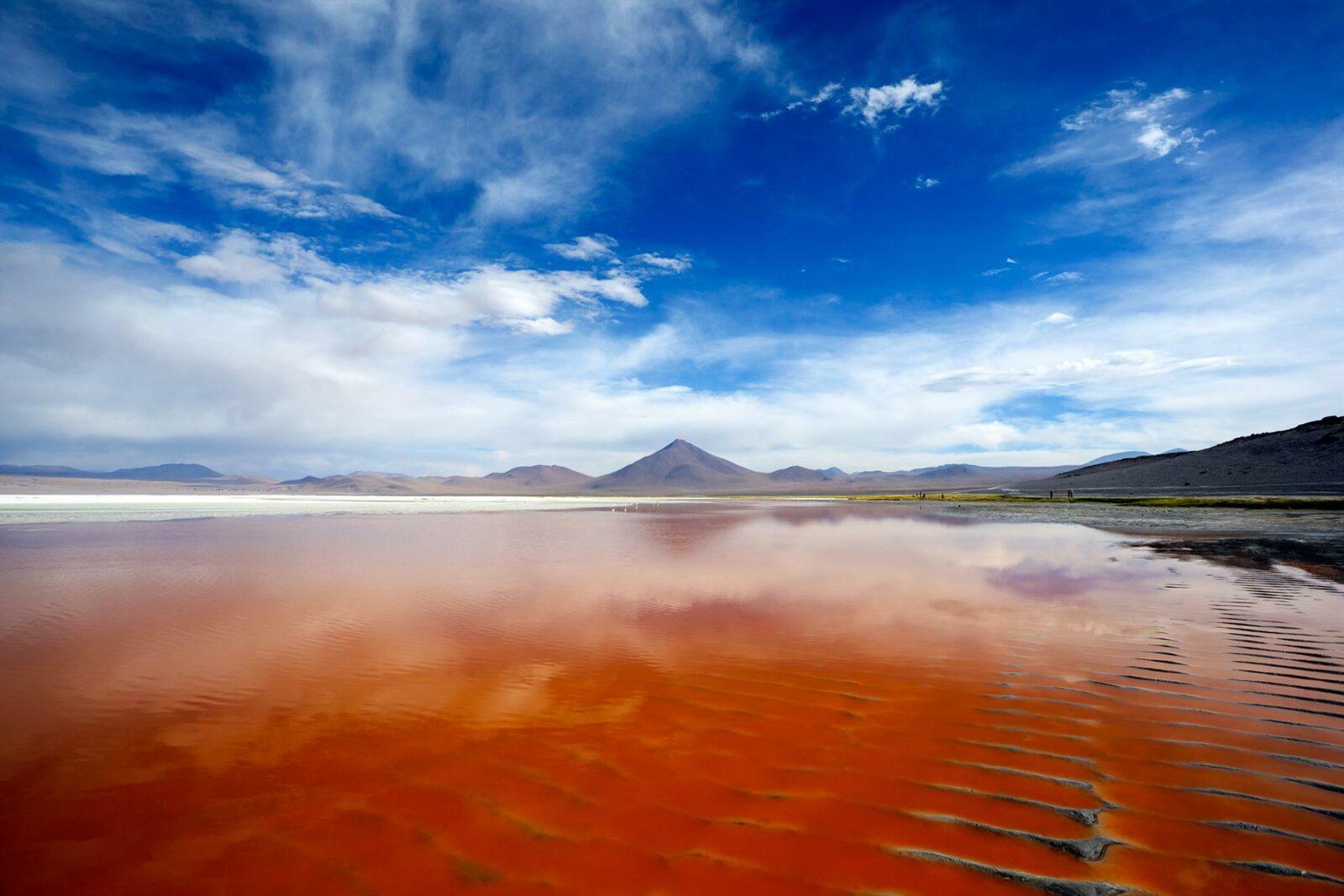Transportation and Connectivity
Traveling between Kigali, Rwanda to Dar es Salaam, Tanzania can be done via flight or bus. Flights take around 1.5 to 2 hours on several airlines with nonstop services between Julius Nyerere International Airport in Dar es Salaam and Kigali International Airport in Rwanda. Bus services from Kigali to Dar es Salaam operated by reputable bus companies take 15 to 20 hours depending on route and border formalities. Nairobi enjoys relatively better air and road connectivity compared to Dar es Salaam. With Jomo Kenyatta International Airport serving as the major regional aviation hub, Nairobi is connected to over 50 destinations worldwide with many direct international flights. The paved highways in Kenya also facilitate easier bus transportation within the country and to neighboring nations. However, Dar es Salaam is working to boost its transportation network with ongoing infrastructure projects.
Economy and Business Environment
While both cities serve as the commercial capitals of their respective nations, Nairobi has established itself as the preferred regional business processing hub garnering a sizable share of multinational corporations establishing regional headquarters and back offices. With its head start in economic reforms and policy stability, Kenya welcomes major foreign investments. However, Tanzania is industriously catching up. Though Nairobi remains the dominant financial center currently, rapid economic growth and a business friendly environment make Tanzania an attractive emerging market pushing Dar es Salaam to become the next rising commercial powerhouse in East Africa.
Opportunities in Agriculture, Mining and Tourism
Tanzania boasts immense potential in agriculture, mining and tourism owing to its vast arable land, mineral reserves and natural attractions. There are lucrative opportunities for investment and partnerships in cash crops, livestock, fertilizers, farm equipment, agro-processing, gold and gemstone mining, hotel development, tourism infrastructure and services. Dar es Salaam acts as the launch pad to explore and capitalize on these sectors while positively impacting rural development and livelihoods.

Climate, Natural Beauty and Lifestyle
Nairobi has a generally temperate climate though with higher variability compared to Dar es Salaam which enjoys a hot and humid coastal climate. However, Dar es Salaam’s temperatures do not cross extreme heat thresholds. Both cities offer different natural attractions proximal to their locations. While Nairobi is proximal to iconic national parks like Nairobi, Dar es Salaam offers the pristine coastal beaches and islands of Zanzibar just a short ferry ride away. In terms of lifestyle, Nairobi offers a more fast paced global city experience catering majorly to business travelers and expat professionals. Housing and retail opportunities abound alongside international cuisine, arts and nightlife. Dar es Salaam presents a relaxed urban lifestyle within a bustling port city with a unique coastal culture and environment. The people of Dar es Salaam are known for their warmth and hospitality extending to visitors. Overall the cities each have their distinct characteristics attracting varying demographics based on lifestyle preferences.
Urban Development and Infrastructure
Nairobi demonstrates superior infrastructure development with wider paved roads, reliable public transport, expansive malls and gated communities. However, it grapples with traffic congestion, housing shortages and slum proliferation due to rapid urbanization. Dar es Salaam exhibits a more planned development with defined residential and industrial zones creating segmented neighborhoods.
Distinct Urban Clusters in Dar es Salaam
Some of the prominent urban clusters housing the middle to upper classes in Dar es Salaam include:
- Oysterbay and Masaki located on the peninsula, home to the expatriate community and luxury beachfront properties.
- Mikocheni a mixed residential area stretching 10km with diverse housing from apartments to villas.
- Upanga situated in the central business district with impressive homes and the emergence of high-rise living.
- Mbezi Beach a tranquil residential enclave featuring bungalow style villas and beach hotels.
Both cities continue innovating and raising standards of living through ongoing infrastructure projects and urban planning. Overall each portrays uniqueness in urban development deserving exploration.
Conclusion
In conclusion, while Nairobi leads economically and in terms of global recognition currently, Dar es Salaam presents immense untapped opportunities and is rapidly transforming. Both remain fascinating destinations offering beauty, history and cultures intertwined with their urban landscapes and people. Their success contributes greatly to Eastern Africa’s rising prominence.

 Reasons to Visit Bolivia: A Traveler's Guide to Its Breathtaking Landscapes, Rich Culture and Affordability
Reasons to Visit Bolivia: A Traveler's Guide to Its Breathtaking Landscapes, Rich Culture and Affordability